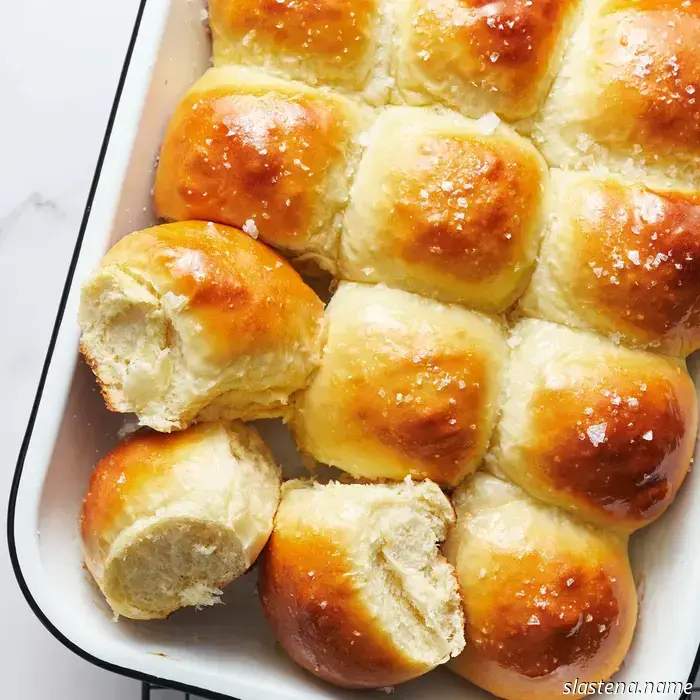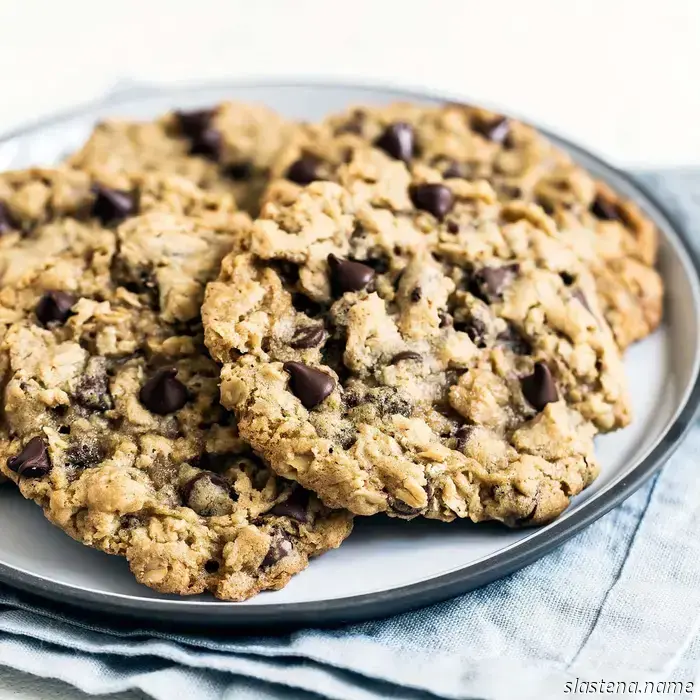
Perfect Dinner Rolls
Tessa’s Recipe Overview
Taste: My homemade dinner rolls are incredibly buttery, striking a delightful balance between sweetness and saltiness.
Texture: These rolls are fluffy and soft, featuring a golden brown exterior.
Ease: If you're new to making homemade bread, these dinner rolls are an excellent starting point!
Why You’ll Enjoy This Recipe: This recipe is simple, relatively quick, and produces delicious dinner rolls that are ideal for Thanksgiving or any special event.
This post may contain affiliate links. Please check our disclosure policy.
Soft, golden, and buttery — these homemade dinner rolls make any meal feel extraordinary, particularly during the holidays. I enjoy them at Thanksgiving, but they vanish quickly whether served with holiday turkey or a weekday roast.
If you've ever been apprehensive about baking with yeast, I assure you this recipe will ease your worries. With my detailed tips, instructions for make-ahead preparation, and an easy shaping video, you’ll end up with fluffy, bakery-style rolls that will impress both your family and yourself!
Ingredients Required
Every ingredient in this recipe is essential for achieving soft, fluffy, and buttery homemade dinner rolls. Here’s why each one is important:
Water: Lukewarm water activates the yeast, which is crucial for helping the dough rise. If it’s too hot, it will kill the yeast and stop the dough from rising. If it’s too cold, the dough will take an excessive amount of time to rise. I ensure it’s around 100-110°F.
Milk: Whole milk imparts richness and tenderness. The fat in the milk assists in softening the rolls while adding a subtle sweetness that balances out the butter and sugar. The milk should also be warmed to 100-110°F for proper yeast activation.
Butter: Melted butter adds flavor, moisture, and a tender texture. I also use some for greasing the bowl and pan to prevent sticking and enhance browning.
Eggs: Eggs enrich the dough, contributing to its structure and flavor. I lightly beat them beforehand to ensure even mixing. An egg wash before baking provides a shiny, golden-brown finish.
Granulated Sugar: This is crucial! A small amount in these dinner rolls helps achieve a tender and golden brown exterior. I wrote a comprehensive guide on sugar's role in baking, as it does much more than just sweeten!
Salt: Fine sea salt enhances flavor and balances sweetness. Occasionally, I sprinkle flaky sea salt on top for an added flavor boost.
Instant Yeast: I opt for instant yeast to simplify the process and avoid proofing. It ensures a consistent rise and fluffy texture, but active dry yeast can also be used. Just add it to the dry ingredients as you would with instant yeast; however, the dough will take about 20% longer to rise.
Bread Flour: Bread flour contains more protein than all-purpose flour, which provides structure while keeping the rolls soft and chewy. You can substitute it with an equal amount of all-purpose flour, but the rolls may take longer to knead and rise, resulting in a less chewy texture.
Recommended Equipment
I prefer using a stand mixer with a dough hook for these Thanksgiving rolls, as it makes kneading the enriched, slightly sticky dough much more manageable and quicker.
That said, you can certainly knead it by hand. Be sure to knead until the dough becomes smooth and elastic, ensuring the rolls maintain their shape and bake up soft and fluffy. If you aren’t using a stand mixer, refer to my complete tutorial on kneading dough.
For baking, I typically use a 9×13-inch pan. I usually choose metal since it conducts heat effectively and helps the rolls bake evenly. I also like ceramic or glass for festive presentations. Both options work wonderfully, but monitor the bake time closely.
Sprinkle of Science
How to Create the Perfect Dinner Rolls
I tested and refined this recipe until every batch turned out perfectly soft, fluffy, and golden. The steps are approachable, even for novices. My additional tips will ensure your rolls come out beautifully every time.
1. Mix the Dough
Begin by mixing warm water and milk (100–110°F), melted butter, eggs, sugar, salt, and yeast in a stand mixer bowl. Add 2 cups of flour to form a rough dough, then gradually knead in the remaining flour using the dough hook.
Expert tip: When measuring your flour, I highly recommend using a digital kitchen scale for accuracy. If you don’t have one, utilize the spoon and level method to prevent compacting too much flour into your measuring cups.
The dough should feel soft, slightly tacky, and elastic. If it becomes sticky, dampen your hands with water instead of adding extra flour, as this could make the rolls too dense. I use a stand mixer to ease the physical effort, but you can also knead by hand until the dough is smooth and elastic.
2. First Rise
Lightly grease a large mixing bowl and place the dough







Other articles
 Comforting Cinnamon Treats for Every Baker - Bake from Scratch
The aroma of cinnamon coming from the oven has an unmistakable comforting quality.
Comforting Cinnamon Treats for Every Baker - Bake from Scratch
The aroma of cinnamon coming from the oven has an unmistakable comforting quality.
 Oatmeal Cookies with Chocolate Chips
These chewy oatmeal chocolate chip cookies feature a soft center, crispy edges, and are filled with the sweetness of brown sugar and the warm flavor of cinnamon.
Oatmeal Cookies with Chocolate Chips
These chewy oatmeal chocolate chip cookies feature a soft center, crispy edges, and are filled with the sweetness of brown sugar and the warm flavor of cinnamon.
Perfect Dinner Rolls
These fluffy dinner rolls are simple to prepare and achieve a perfectly golden color each time. They are wonderful for bringing a homemade charm to holiday gatherings or weekday meals!
